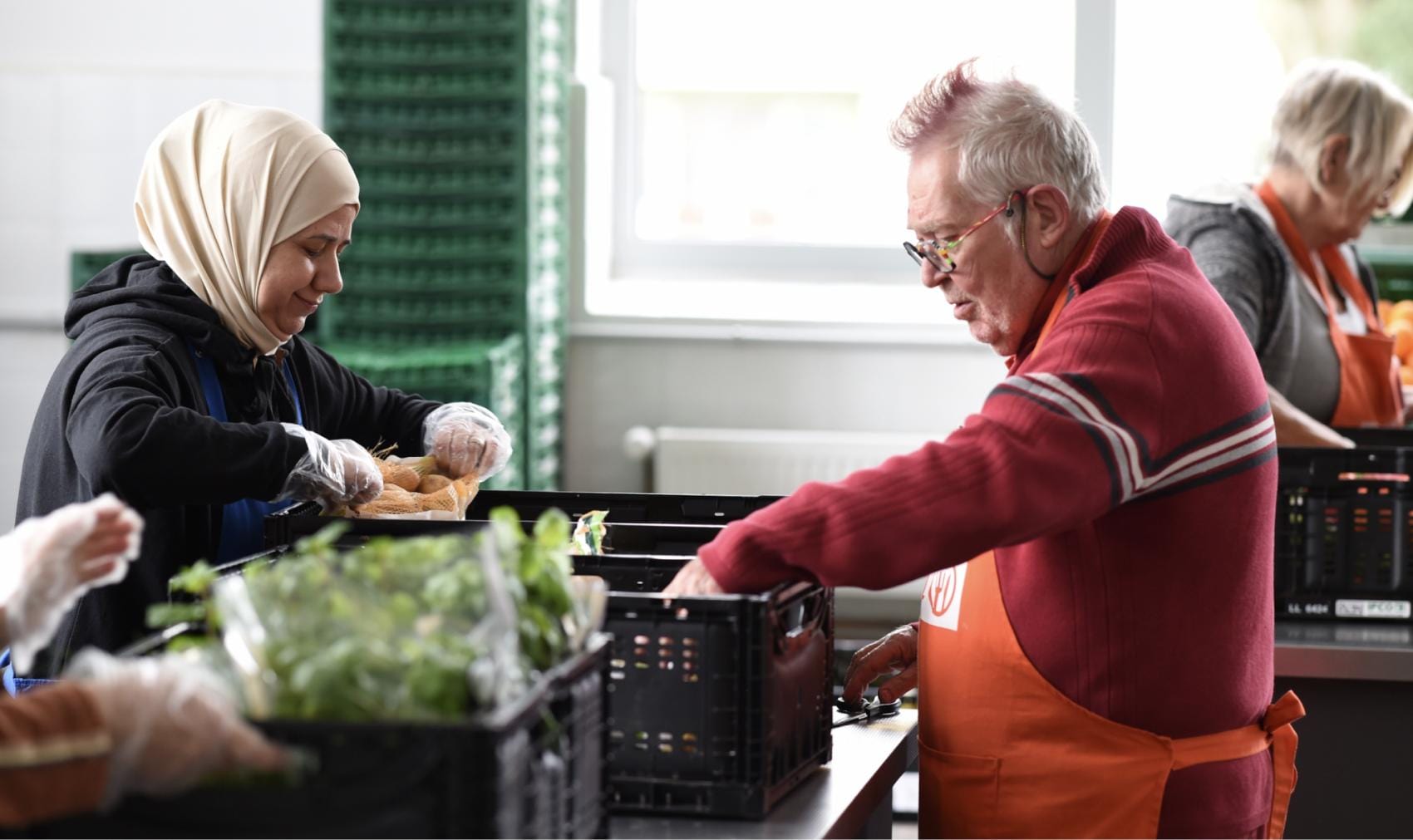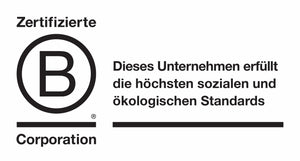Why do women and children in Nepal suffer most from malnutrition? Nepal has made dramatic progress in maternal and child health over the past few decades, reducing malnutrition from 57 percent in 1996 to 33 percent in 2016. Maternal and infant mortality rates have similarly declined, but this progress has largely stagnated in recent years. While food insecurity has worsened globally, women and girls are at increased risk of hunger and malnutrition because they are often the last and least to eat in their households when food is scarce. This trend has been exacerbated by the Covid-19 pandemic, which has led to a significant increase in malnutrition rates.
In 2022, WFP reached over 100,000 women and children with malnutrition prevention and treatment programs.
Why is nutrition for women during pregnancy so important for the future life of the child?
Good nutrition during pregnancy and in the first years of a child's life lays the foundation for a healthy future. Proper nutrition is associated with increased safety of pregnancy and birth, including good brain development, a stronger immune system and a lower risk of non-communicable diseases (such as diabetes and cardiovascular disease) later in the child's life. Poor nutrition during pregnancy increases the risk of premature birth or stillbirth with low birth weight, wasting and delayed development in the children.
How do the health trainings work? What is important here?
Health training is critical to deliver quality health and nutrition services. In Nepal, the general health training packages are delivered in cascading modules at federal, provincial and local levels. The training for health facility staff and Female Community Health Volunteers (FCHVs) at community level equips them with the knowledge, skills and attitude to deliver quality services.
What exactly are the ingredients in the cereal porridge that is distributed in the project?
Children participating in the WFP supplementary feeding programme receive a special cereal mix prepared at home. The porridge is very effective because it contains mixtures of ground cereals and beans enriched with micronutrients. The cereal mix contains 63 percent wheat flour and 25 percent soybeans, mixed with 10 percent sugar and 0.7 percent vitamins and minerals. In Nepal, only 30 percent of children under 5 years of age consume a minimum acceptable diet.











